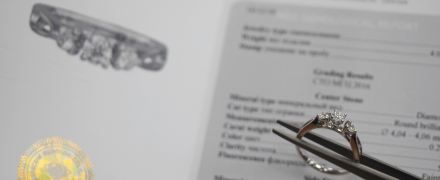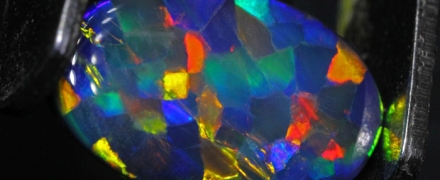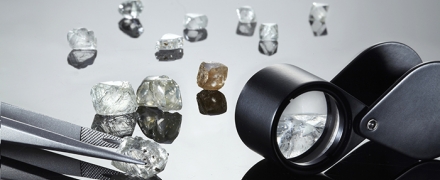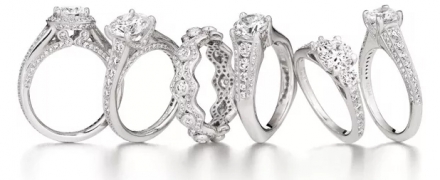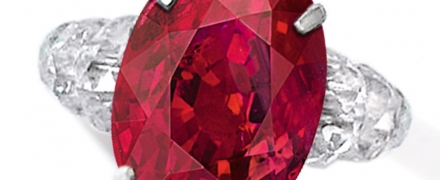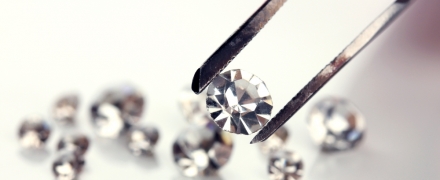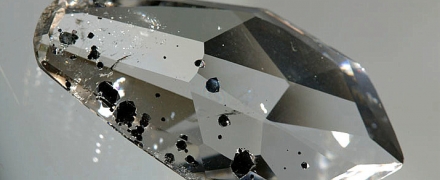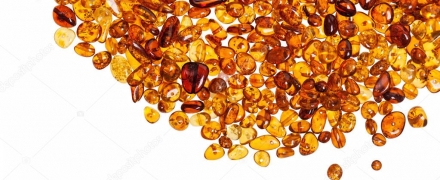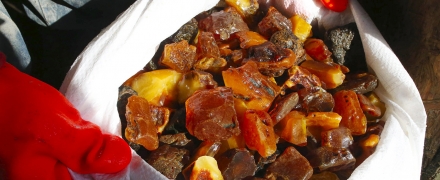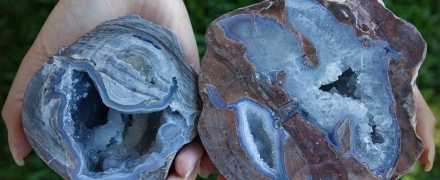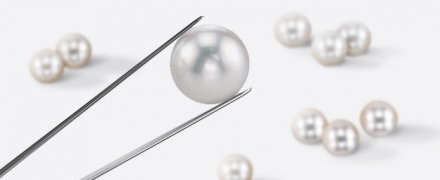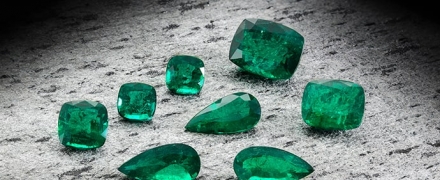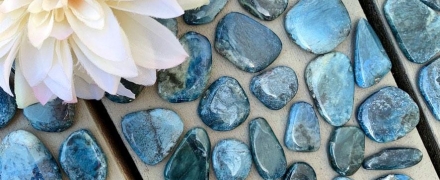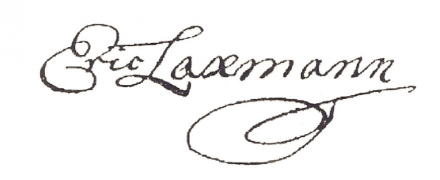open 10 am - 7 pm
laboratory is closed
Diamond-producing countries

различных оттенков (D-Z)
In nature, diamond occurs mainly in the form of separate well-formed crystals of octahedral, rhombododecahedral, cubic shape, less often in the form of crystalline aggregates.
The main indigenous industrial sources of diamonds are kimberlites and lamproites – alkaline-ultrabasic rocks of ancient platforms, forming mainly tube-shaped bodies, dikes and veins, rarely sills, characterized by vertical and subvertical occurrence. The main objects of production are tubes.
The share of gemstones in indigenous diamond deposits varies widely: from 2-5% (Diesel in Zaire and Argyle in Australia) to 70% (Majgawan in India).
Another type of diamond deposits are placers. They make up a fairly small part of the world's stone production (up to 10%). However, the share of jewelry raw materials extracted from them is quite high, which determines their industrial importance.






